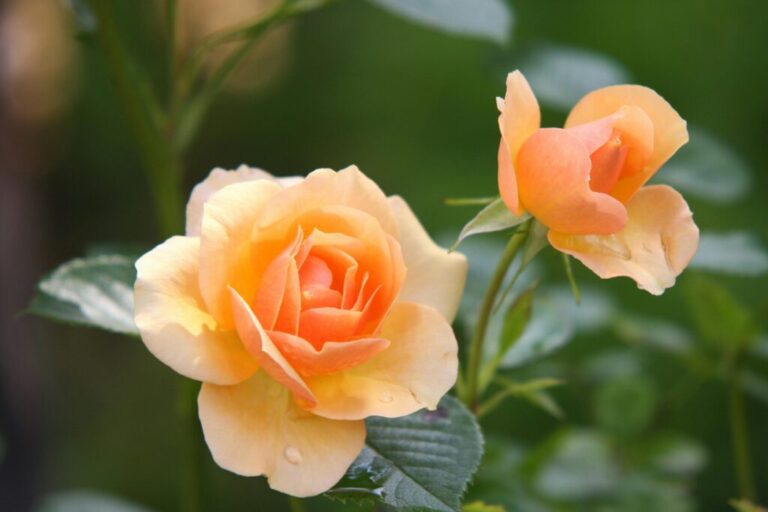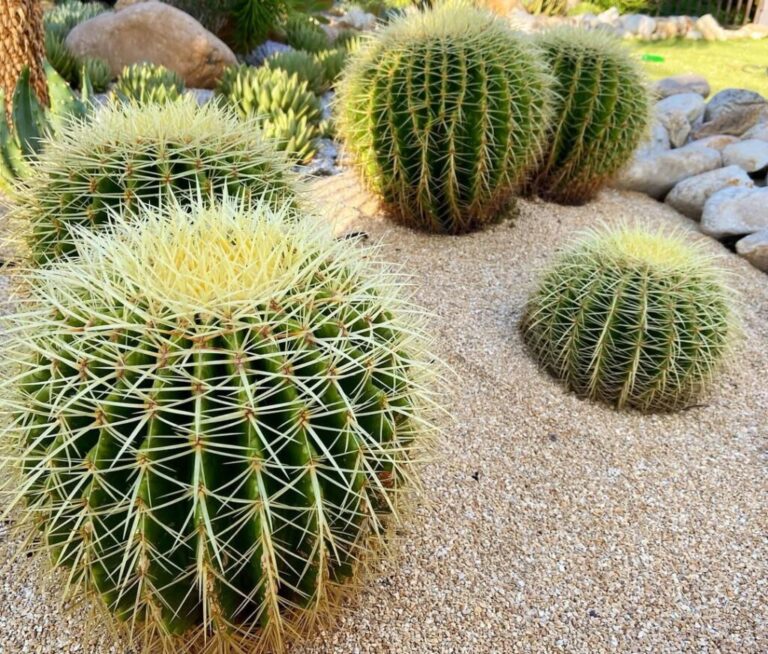
The winter holidays are among the most enchanted occasions. For the longest time, we’ve thought of winter as the season when nature falls dormant and quiet, when it’s time to put away the bright summer garments and get out the cosy sweaters. But nature continues to surprise us throughout the year, giving us magnificent Christmas plants that would impress even the Grinch. We provide information on how to cultivate and care for these typical Christmas plants, which are frequently given as gifts
Because most of the plants we know and love begin their dormant cycle as soon as temperatures begin to drop, we often do not associate Christmas with blooming flowers. There are certain traditional types that bloom even in the winter, so the season doesn’t fully deprive us of plants and flowers. Although there aren’t as many plants and flowers to appreciate in the winter, we wanted to show you the options you have for traditional Christmas plants in the hopes that we’ll provide you ideas for this year’s present list as well as your indoor holiday decoration list.

poinsettia
Probably the most well-known Christmas plant in the entire globe is the poinsettia. It’s a flower that blooms in December and January and one of the most popular plants given as gifts at Christmas. Over 150 different Poinsettia varieties have been developed over the past 150 years by specialised breeders. Although this winter plant is typically associated with the colour red, there are also varieties that are pink, white, and even orange.
Poinsettias are the best choice for Christmas plants whether you know someone who enjoys gardening or if you want to offer them a gift. Even supermarkets will offer them during the holiday, but some individuals advised against buying flowers that have been placed near to a door that is constantly opening and closing. The bloom is extremely susceptible to cold draughts.
Check for undamaged bracts to ensure the poinsettia is healthy before you purchase it. Before purchasing a plant, take sure to check the soil; it should not be too wet nor too dry. Always ensure that the plant is shielded from the wind. Wrap it in paper if you need to move it outside before it gets to its destination to keep it safe.
holly

Holly plants are one of the most well-liked ornaments that, when viewed, instantly conjure up images of winter, despite not being available live during the Christmas season. The striking contrast between their scarlet berries and green, pointed leaves is symbolic of the wonder of Christmas. Holly plants are well-liked as winter gifts since they are frequently utilised to create Christmas table centrepieces and other kinds of decorations.
Holly plants can produce enchanted winter decorations. Because they can easily withstand in-season severe rainfall, they are often planted in the spring or the fall. You should be aware that only female holly bushes produce berries if you are cultivating holly for the stunning brilliant red berries.
After the plant has become established, maintaining it is rather simple. Every week, each holly bush need around two inches of water. Mulch is beneficial for the plant’s base since it helps to retain water. To keep the plant’s lovely shape and prevent it from becoming too lanky, you can also prune it.
Amaryllis (Hippeastrum)

These exotic-looking flowers, which technically belong to the genus Hippeastrum, are prized for their propensity to bloom indoors. They bloom four to six weeks after you plant the bulb. Some cultivars sprout their flowers before their leaves.
Avoid hiding a plant on the couch
Table or any dark place where low
Light levels will cause it to grow flat
To encourage the plant to grow erect, turn the pot every few days. Don’t drown the soil; instead, keep it evenly moist.
Retain! Cut the stem once the flowers have faded, but maintain the leaves to assist the bulb’s nutrients replenish. Once there is no longer a risk of frost, go outside and sit in a shady spot. In the early or late fall,
orchids

These fragile-looking plants are not as fragile as they seem, according to Pollak, and they can potentially bloom into the spring with no maintenance for months at a time.
Provide orchids with bright, filtered light. They typically want it to be somewhat cooler indoors. Avoid abrupt temperature fluctuations since they will cause buds to fall. Since they are often grown in soilless planting medium, water them once a week until water drips out the botton. Keep by a window facing south, east, or west. Use a particular fertiliser for orchids when feeding. Regular watering is important, but in the late summer, allow the leaves dry out a little or wilt to encourage the plant to produce new buds. Restart watering after a new stem appears, but discontinue fertilising.
Norfolk pine

Check for bugs and pests as well as any damage, such as broken branches, whether you are choosing a pre-cut tree or cutting down your own evergreen. By pulling on a branch, you can determine whether a pre-cut tree is still fresh; the branch should be flexible and not have any needles fly off into your hand. Moreover, is the colour of the thing a lovely green? What about the smell?
Saw off about 1/4 inch straight across the bottom of the trunk of your freshly cut Christmas tree before placing it in water. Put the tree in a stand that fits it properly; avoid forcing it because the outer layers are the most effective at absorbing water. Put it somewhere cool, fill it with water, and keep it full. You should examine your freshly cut Christmas tree every day for the first week because it will drink a lot. Despite advice you may have read online, experts concur that the only thing you should give it is water, as that is all it consumes in the wild. Another advice? Use LED lights instead of incandescent ones so that it doesn’t dry out as quickly.
frosty fern

These charming, small, white-tinged plants that resemble ferns are a recent addition to the holiday collection. They are becoming more prevalent at upscale supermarkets and nurseries. Keep them near your desk or dining room table to inspire some incredibly heartfelt Christmas card notes just by lolooking position in low to medium light. They thrive in terrariums because they prefer constant humidity. Keep the soil just moist enough. Use warm water instead of cold. Water plants by submerging them in a saucer of water, letting them absorb for 15 minutes, and then taking them out.
If you’re lucky, keep it. The plant is somewhat fickle and frequently perishes before you grow bored of it. Not to worry. Enjoy its supple shape.
paper white

Frequently, these are offered as kits or as loose bulbs with planting medium. In two to three weeks, pot them up and take pleasure in the aromatic blooms.
Keep plants in an area that is both chilly and sunny. Leggy growth results from overly warm environments. When the flowers begin to bloom, fasten the stems to a decorative stake to keep them from falling over. Water frequently to maintain an even moisture level in the soil.
They are affordable enough to purchase again the following year, and because they are tropical, they cannot be replanted outside.









